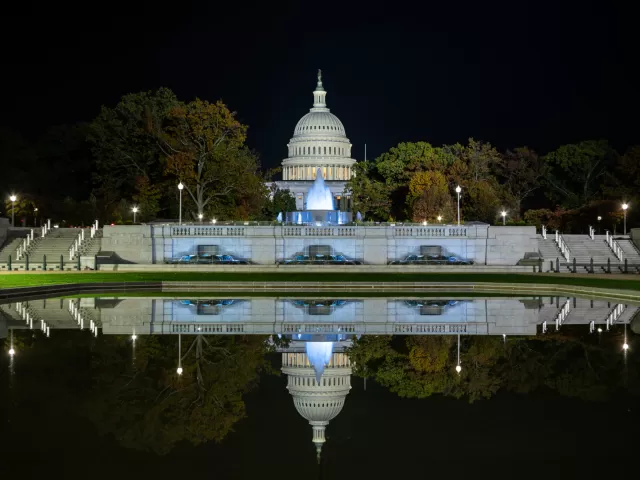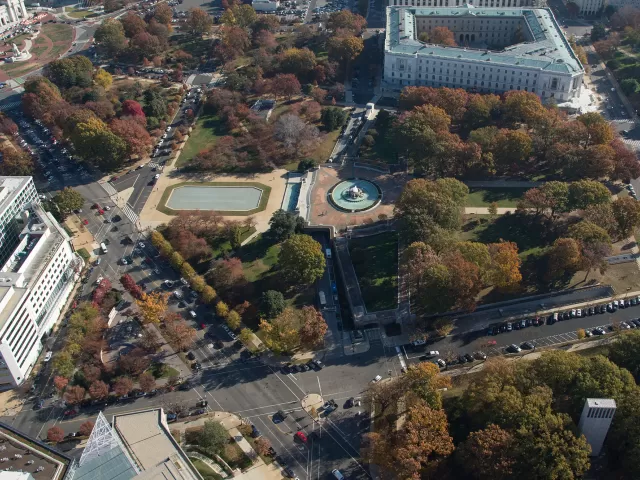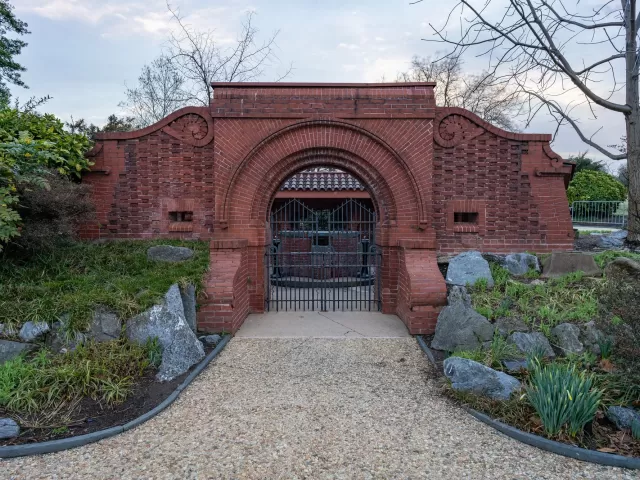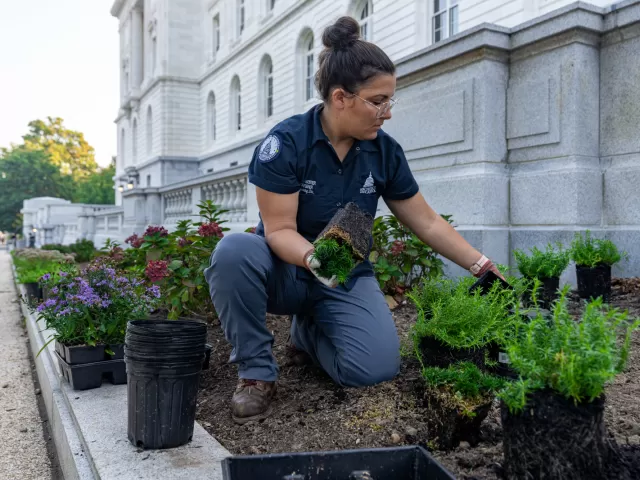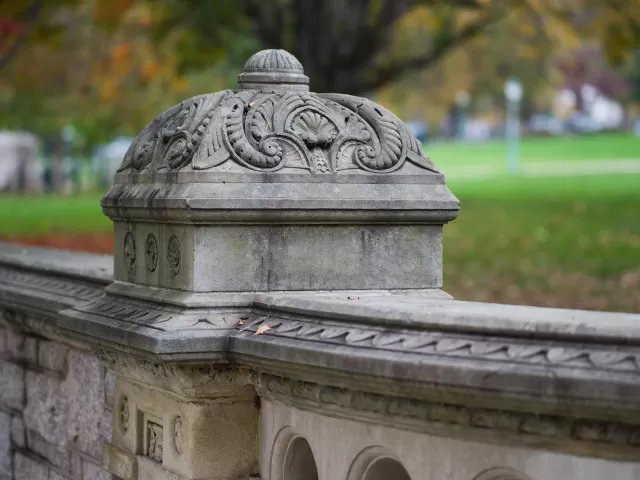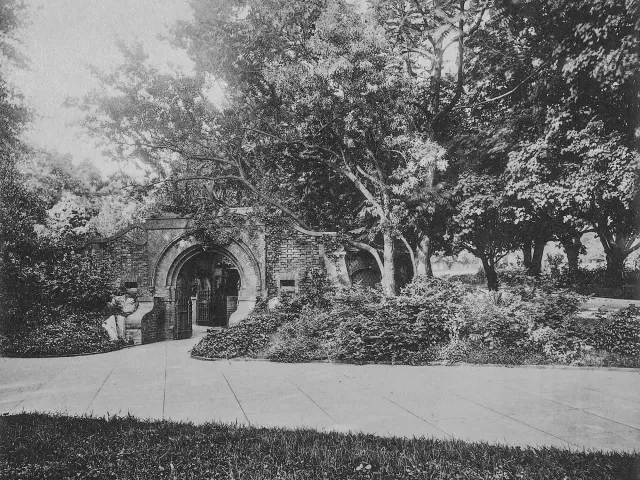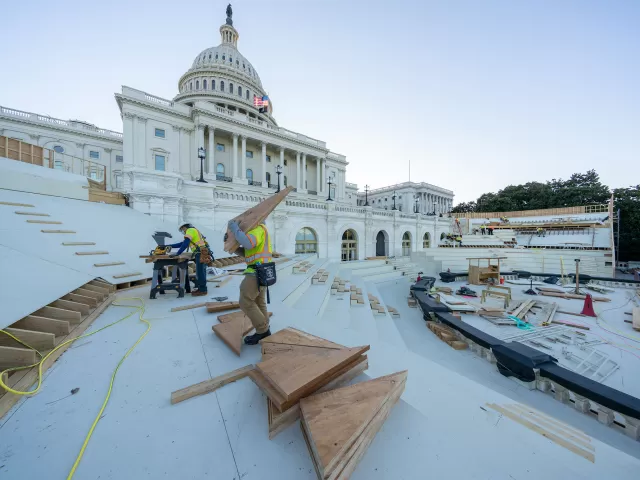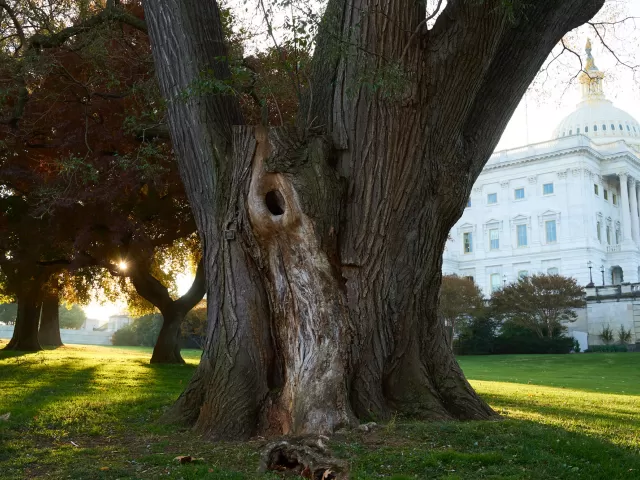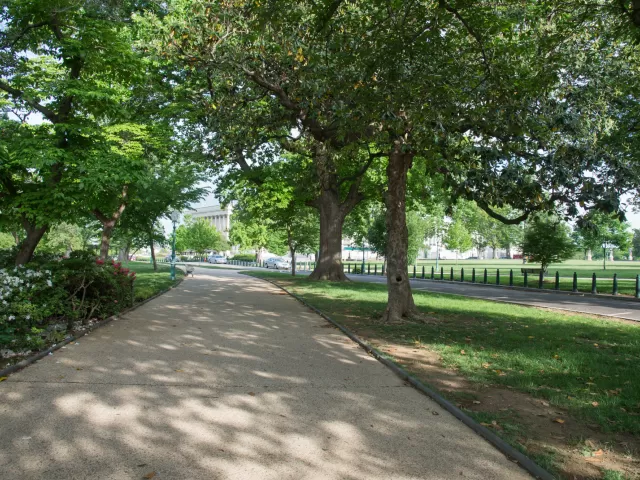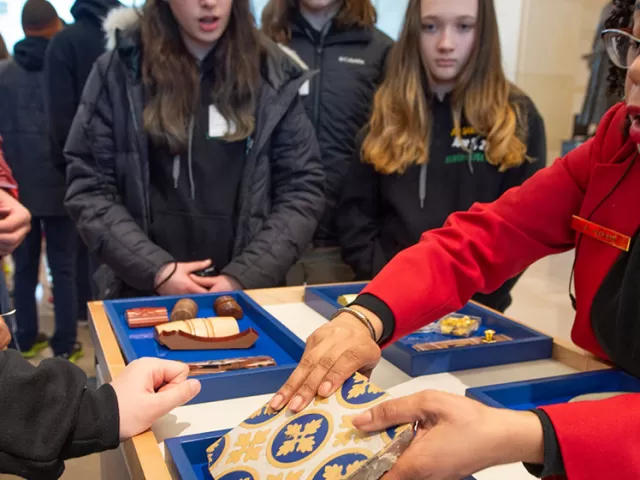Behind the Scenes
Article
Put Things in Context Image A view of the U.S. Capitol on a cloudy day. There are numerous spots around campus that are perfect for capturing stunning and impactful photos. The Olmsted fountains and planters along the East Plaza of the U.S. Capitol Building, the Summerhouse , the Ulysses S. Grant Memorial and the Capitol Reflecting Pool are some of the most popular sites. Each location offers photographers the opportunity to capture the unique contrast of colorful flora and formal …
See the Capitol campus through the eyes of an AOC Photographer.
